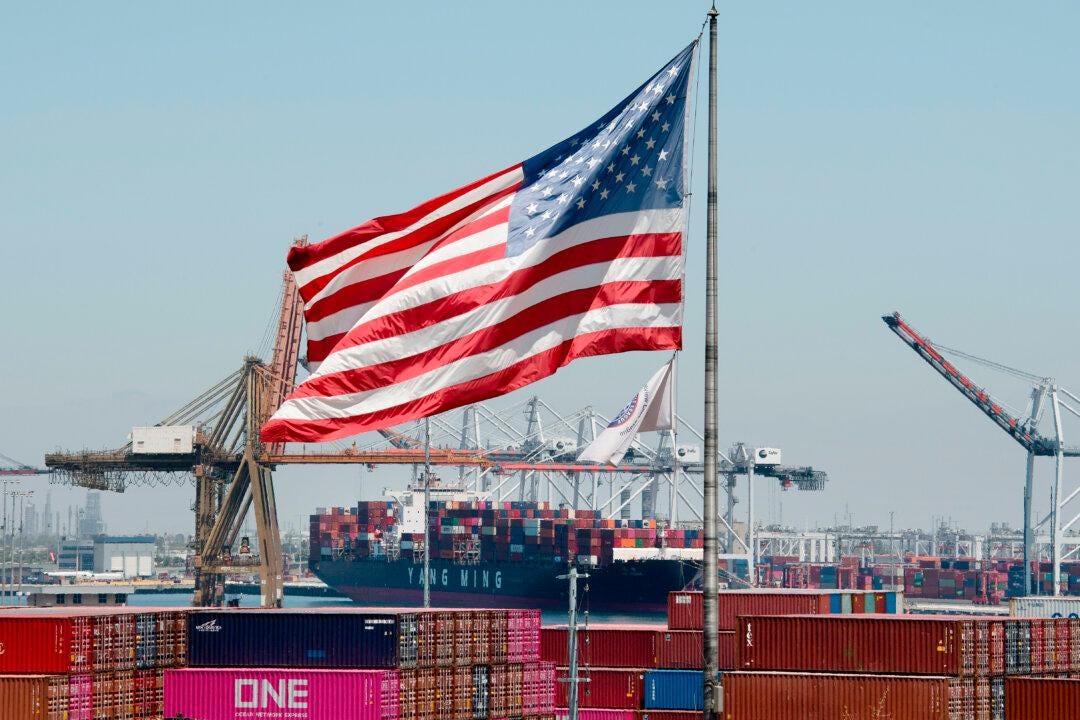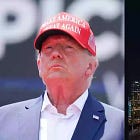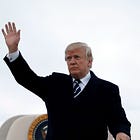Communist China’s Pain Is America’s Gain
A surprising amount of the foreign investment capital flight out of China is flowing into the United States.

This essay is free, but with Premium Membership you get MORE. Join today.
by James Gorrie
August 18, 2025
The days of nearly unlimited foreign direct investment (FDI) money flowing into China from all parts of the world are over. That’s not an exaggeration.
By the end of 2024, the level of FDI into China had fallen an incredible 99 percent in just three years. It’s not the cause of China’s economic malaise, but a symptom of the Chinese Communist Party’s mismanagement of the economy, its widespread abuse of the Chinese people, and its gross mistreatment of its foreign investment partners, which has only ratcheted up this year.
As a result of the CCP’s destructive behavior, the “China Miracle” has become a deep mire of economic deception, distress, and dystopia. The so-called wise leadership of Xi Jinping, which created it, has become Mao Zedong 2.0, and state capitalism itself has become state catastrophe, as purges of high-level officials surge and productivity craters. The blowing up of buildings and towns that were built for no one is an apt metaphor for the economic meltdown that China’s experiencing.
Capital Flows Redirecting From China to U.S.
Not coincidentally, the U.S. economy is benefitting greatly from the capital stampede out of China. Make no mistake, the capital outflow is, indeed, a stampede. Foreign direct investment into China has fallen to just $4.5 billion last year, the lowest level since 1992. In 2024, China saw a record net FDI outflow of $168 billion. Last year saw the first annual net withdrawal since 1990, in response to the Tiananmen Square massacre.
In contrast, the United States is attracting much of the foreign investment that’s fleeing China; not all of it, but much of it. And why wouldn’t it?
The U.S. economy is showing strength and making itself business-friendly with lower tax rates and mutually beneficial trade deals with both major and minor trading partners. Additionally, tariffs for goods not made in the United States are also incentivizing investment inflows into the United States. As a result of these and other factors, foreign investors and multinationals are demonstrating their rising confidence — and rising preference — for U.S. stability over the staggering business and capital risks that are now institutionalized in China.
Businesses Facing Existential Threat in China With New Law
Specifically, as I discussed in an earlier essay, in March 2025, China’s State Council issued new regulations on handling foreign-related intellectual property disputes (effective May 1). These measures empower central authorities to investigate, seize, or counter foreign-held IP or trade-related assets, especially in cases viewed as suppressive to China — even in the absence of fraudulent behavior. The law grants the Chinese regime’s opaque courts and commercial regulators sweeping jurisdiction under vaguely worded national security justifications.
In fact, foreign companies point to the regime’s unpredictability, its tightened data controls, and stronger national security oversight as key deterrents and high incentives for investment divestments and profit repatriation. These restrictions and property seizure risks also impact much-needed business consultants that facilitate foreign investment in China.
In short, foreign companies face existential risk to IP, operations, and data. This legal shift by the CCP has already triggered high-profile exits and divestment from companies such as Micron, Bain & Co., and Mintz Group. Many more are sure to follow.
U.S. Investment Pledges From Foreign Countries Are ‘YUGE’
By contrast, the Trump administration is seeing great success in attracting investment capital in almost unheard-of numbers. For example, in March of this year, the United Arab Emirates (UAE) committed to a 10-year, $1.4 trillion investment schedule in the United States. Taiwan chip maker TSMC has said it will increase its investment in U.S. production by $100 billion, while Japan has said it will invest $550 billion in the United States.
What’s more, in the recent trade agreement between the European Union and the United States, the EU has said it will increase its investments in the United States, currently about $100 billion, by up to $600 billion by the end of Trump’s term. That’s in addition to the EU’s commitment to purchase $750 billion in American energy products.
These new investment levels in the United States are in addition to 2024 foreign direct investment levels, which were already quite significant. For the sake of comparison, by the end of 2024, the FDI into the United States increased from $332.1 billion to $5.71 trillion. The increase was led by a $204.7 billion increase in the position from Europe, which reflected a $52.9 billion increase from the United Kingdom and a $39.7 billion increase from Germany. Notably, the leading sectors were in manufacturing.
So far in 2025, in aggregate, an additional $2 trillion in FDI has been pledged to the United States, with more deals likely to come.
[NOTE: Estimates of total new investment pledged, by U.S. and foreign sources, just since the President took office in January are as high as $17 trillion. — RDM]
The ‘Exit China Contagion’ Is a Lack of Trust Epidemic
Of course, the Chinese economy is even worse off than it was before the dramatic fall in foreign direct investment in recent years. It’s noteworthy that the CCP’s policies over the past two decades have gotten progressively worse, culminating with the huge increase in IP theft and other abuses that have driven multinational companies away.
Furthermore, as conditions in China worsen, the worse the CCP treats foreign investors and the Chinese people. Consequently, European and Asian businesses now report deeply deteriorated operating environments in China, citing regulatory unpredictability, IP risk, and opaque enforcement as unacceptable risks. Many have relocated operations or exited the Chinese market entirely. It’s a rather steep downward spiral.
Ironically, it was only a few short years ago that Xi Jinping confidently announced the “Made In China 2025” initiative, declaring to the world that China would be the global center of high-tech manufacturing. Today, the Chinese regime is well on its way to being isolated in the world and facing deep crises of its own making, just as it was under Mao Zedong.
In contrast, the United States is seeing a resurgence in global trade, investment, and wealth.
— James Gorrie is the author of the 2013 book The China Crisis and discusses current events and China on his YouTube Podcast, The Banana Republican. This essay is published here by permission of The Epoch Times.










